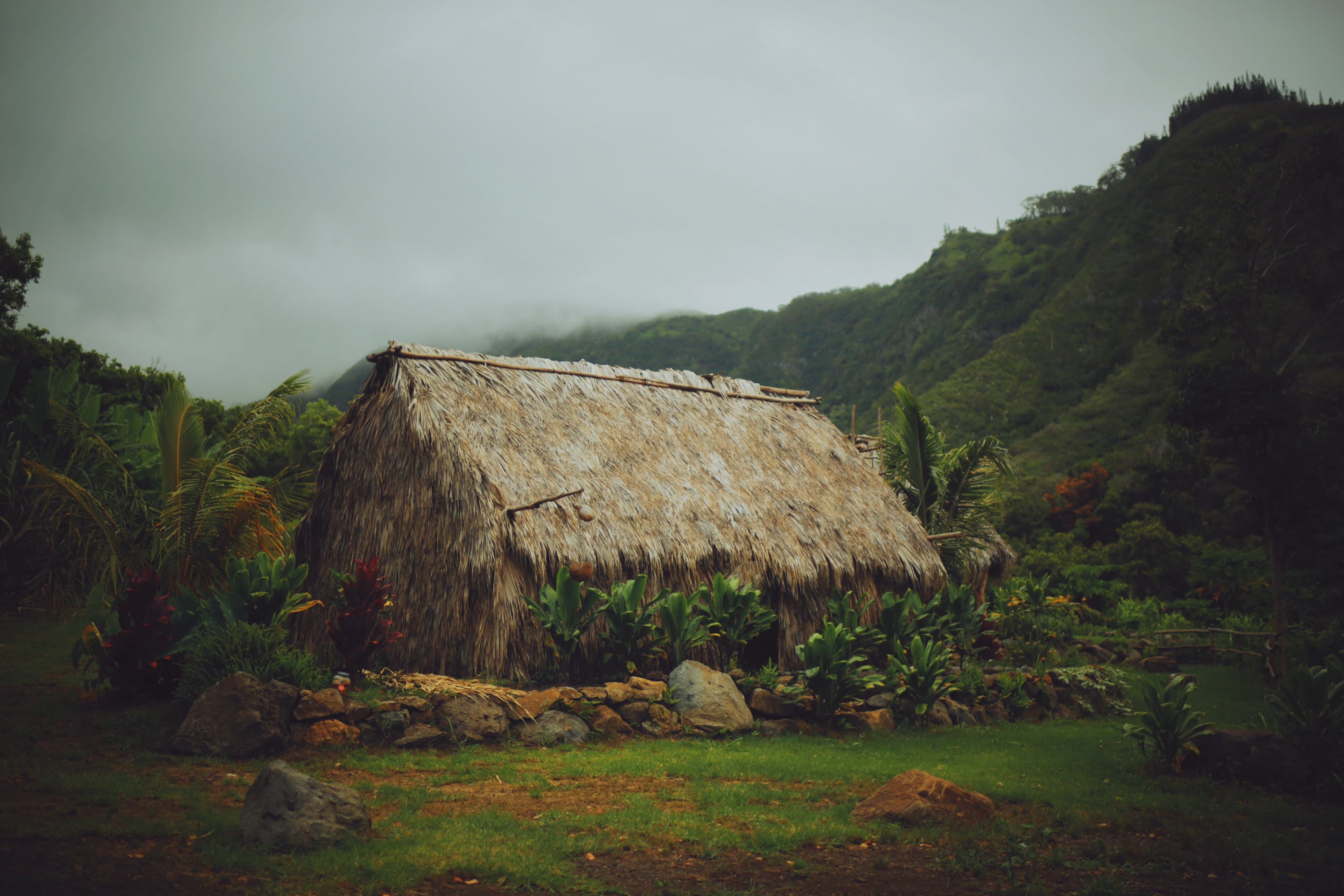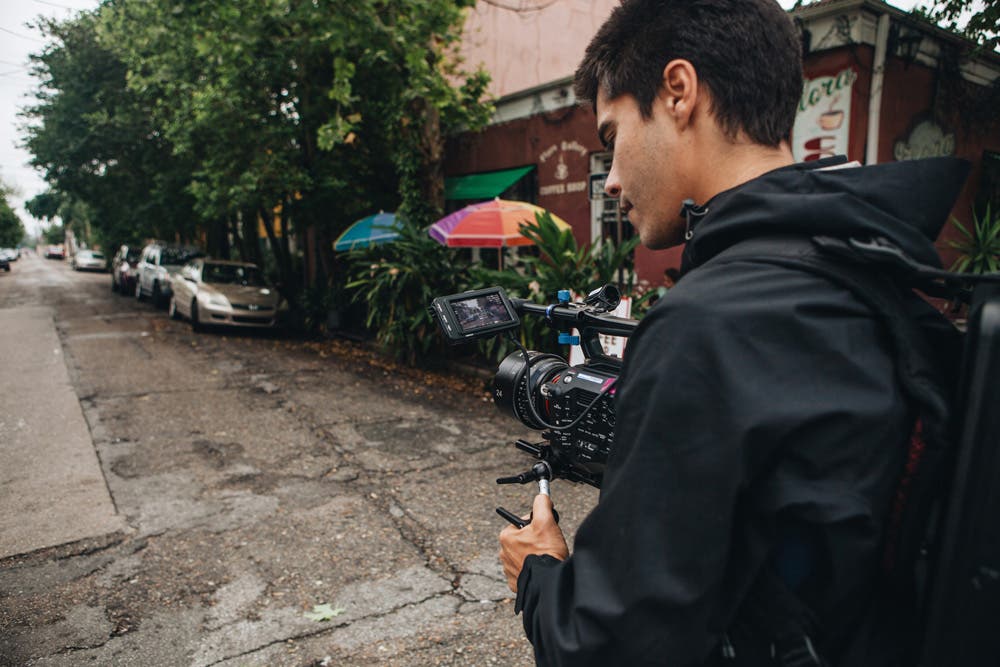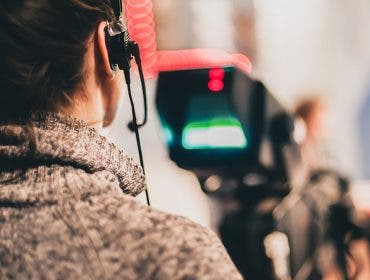I come from a world of surf and outdoor filmmaking where beauty, style, and a little humor are the key ingredients. However, three years ago I started working on a much more serious project – “Island Earth,” a feature documentary about GMOs in Hawaii. I’d been going to Hawaii to surf since I was a teen and had heard about unrest in the local communities there. GMOs are one of the most controversial issues today, and the main character in my film is a native Hawaiian GMO scientist seeking to understand why so many people in Hawaii are upset about GMOs. Because of the subject matter, I had to learn filmmaking all over again to ensure that I told the most accurate story possible. Here’s what I learned along the process.
1. Don’t go it alone. Short films with simple storylines and nature-based films are sometimes better with minimal crew. Over the years, I’ve learned how to work with little help and turn quality projects around with speed and intensity. With a feature documentary, you need lots of help – from researching and developing the story in pre-production, to an assistant who can make sure batteries are charged and cards are offloaded while you wrestle storylines in your head and shoot, to fact-checkers and lawyers in post – making relationships behind the camera is as important as making them in front.
2. Find your characters. Courting talent for a documentary can be tricky because filmmakers are often viewed with skepticism. I found that when it came to scientists and academics, it really helped to employ an assistant to make first contact. It gives you an air of credibility to have someone else talk about your accomplishments and the project. With families in Hawaii, most contacts were made by word of mouth and nurtured over many months to gain trust. If you don’t have someone’s trust it is obvious when you start recording.
3. It’s not cheap. I found money wherever I could and asked for help from as many people as possible. A surf company I work with named Reef believed in the idea and gave me a good sum of money to start. I booked a three month trip to Hawaii and edited the footage into a Kickstarter trailer which helped me raise another good sum of money. In the finishing stages of the film, I got a fiscal sponsorship through an organization called The Pachamama Alliance which passed on their non-profit status to the film so I could raise money from private donors and provide them with the tax breaks associated with donating to a nonprofit in the United States. Kickstarter didn’t only help me raise funds, it also got the attention of a lawyer and a couple of assistants who believed in the project and who’ve been helping me without pay. I spent the majority of my budget on travel (Hawaii isn’t cheap) and a good editor. It took me a long time to pick an editor who I was the right fit!
4. A good editor is everything. Great documentary editors are worth their weight in gold and they aren’t cheap – I spent 20k USD in 2 months. You must have your shit together before working with them. I had a rough cut of the film, a lot of notes and pretty clear grasp of the film I wanted to make. If I hadn’t had this, I wouldn’t have gotten very far and spent the same amount of money. Some filmmakers prefer to sit in with the editors throughout the process. I found that bi-weekly check-ins allowed my editor with a good balance of freedom and structure.
5. Embrace the chaos. It’s easy to get overwhelmed when the plans you developed before shooting get turned around. An accomplished documentary editor once told me over the phone, “Don’t worry, it’s all research!” He meant that everything you shoot is an extension of the research you did in pre-production so don’t be too beholden to a preconceived idea. Learn to adapt on the fly. I’ve made 67 drafts of my film. I went back to Hawaii 3 times after I thought I was finished. Each shoot and edit taught me something new, and that informed the next draft. The answer has revealed itself to me as I’ve relaxed and let it flow in.
6. Show your film – feedback is so important. The main reason you need so much help is because you completely lose objectivity during a long project. You are blinded by closeness. This is why taking breaks and having a circle of trusted people is so crucial. You need their fresh eye later in the editing process to give you ideas you could never see. It’s important to choose people both in the business of documentary film and outside of it. Regardless who it is, the person must be critical, showing a film to people who love you and your work doesn’t do much. Maybe I’ll show a draft to people close to me early on because their feedback will be less harsh, but in the final stages, it’s important to share it with people who won’t hold back. Too much feedback can steer you off course from your original vision, so it’s important that you ultimately decide whether or not the feedback is valid.
I hope to write about the lessons I learn from distributing my film in a future post. I hope this helps! Have questions? Leave me a comment below.











